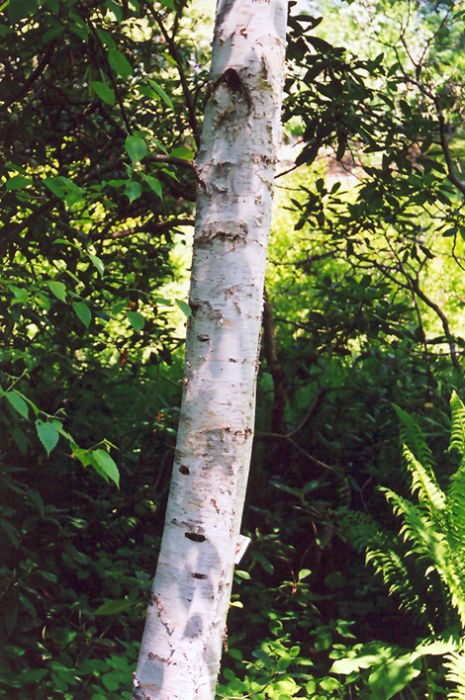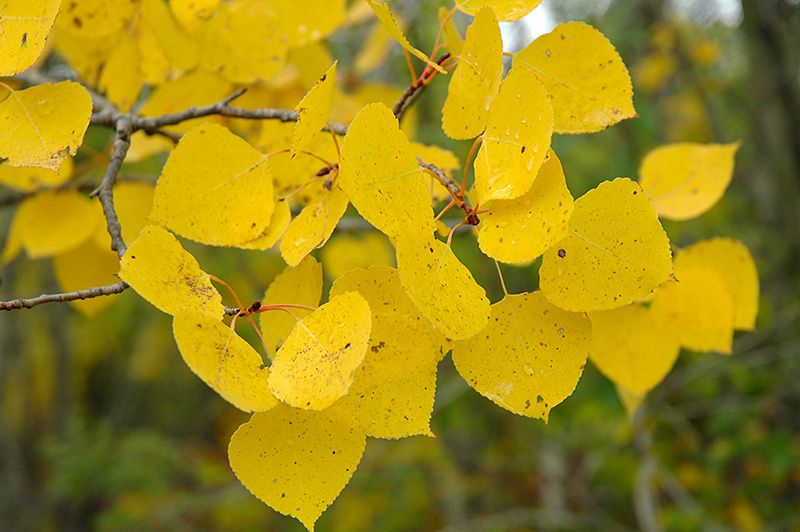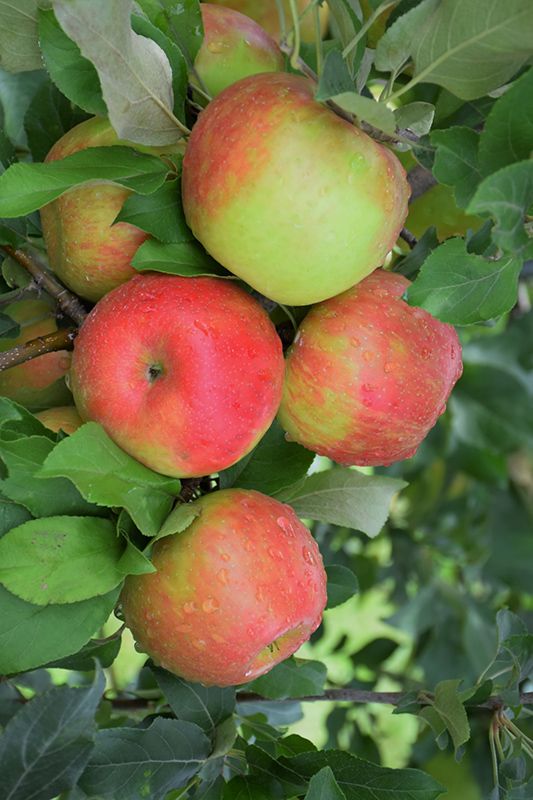Betula, Gray Birch 'Whitespire'



Out of stock
Coming soon, still growing- Sun Preference
- Full-Sun
Description
Relaxed pyramidal form. Resistant to bronze birch borer, smooth white bark. Nice choice for the home landscape. Tolerates high pH.
Minnesota's Largest Selection of Trees
At Minnesota's Destination Garden Center, we offer a diverse range of trees to suit any landscaping need. Whether you're looking for shade trees to cool your home or ornamental trees to add beauty and interest, you'll find the perfect tree at Gertens. Our knowledgeable staff can help you select the right tree for your space and provide tips for care and maintenance. Visit Gertens today and explore the unmatched variety of trees to enhance your outdoor environment!
Details
Whitespire Birch | Betula populifolia 'Whitespire'
Height: 40 feet
Spread: 26 feet
Sunlight: full sun to part shade
Hardiness Zone: 4a
Other Names: Betula platyphylla
Brand: Gertens
Description:
A wonderful birch tree selection with snowy white bark and good fall color; higher resistance to the dreaded bronze birch borer than most other white-barked birches make this a preferred variety for home landscape use
Ornamental Features
Whitespire Birch has dark green deciduous foliage on a tree with a pyramidal habit of growth. The pointy leaves turn an outstanding yellow in the fall. The smooth white bark is extremely showy and adds significant winter interest.
Landscape Attributes
Whitespire Birch is a deciduous tree with a distinctive and refined pyramidal form. Its relatively fine texture sets it apart from other landscape plants with less refined foliage.
This is a high maintenance tree that will require regular care and upkeep, and should only be pruned in summer after the leaves have fully developed, as it may 'bleed' sap if pruned in late winter or early spring. Deer don't particularly care for this plant and will usually leave it alone in favor of tastier treats. Gardeners should be aware of the following characteristic(s) that may warrant special consideration;
- Insects
Whitespire Birch is recommended for the following landscape applications;
- Accent
- Shade
Planting & Growing
Whitespire Birch will grow to be about 40 feet tall at maturity, with a spread of 26 feet. It has a low canopy with a typical clearance of 4 feet from the ground, and should not be planted underneath power lines. It grows at a medium rate, and under ideal conditions can be expected to live for 40 years or more.
This tree does best in full sun to partial shade. It prefers to grow in average to moist conditions, and shouldn't be allowed to dry out. It is not particular as to soil type or pH. It is highly tolerant of urban pollution and will even thrive in inner city environments. Consider applying a thick mulch around the root zone in winter to protect it in exposed locations or colder microclimates. This is a selection of a native North American species.
More Information
| Gerten Grown Plants | Gerten Grown Plants |
|---|---|
| Tree Type | Shade & Ornamental |
| Sun Preference | Full-Sun |
| Mature Height (Range) | 25 - 50 feet |
| USDA Hardiness Zone | 4, 5, 6, 7 |
| Common Family Name | Birch |





